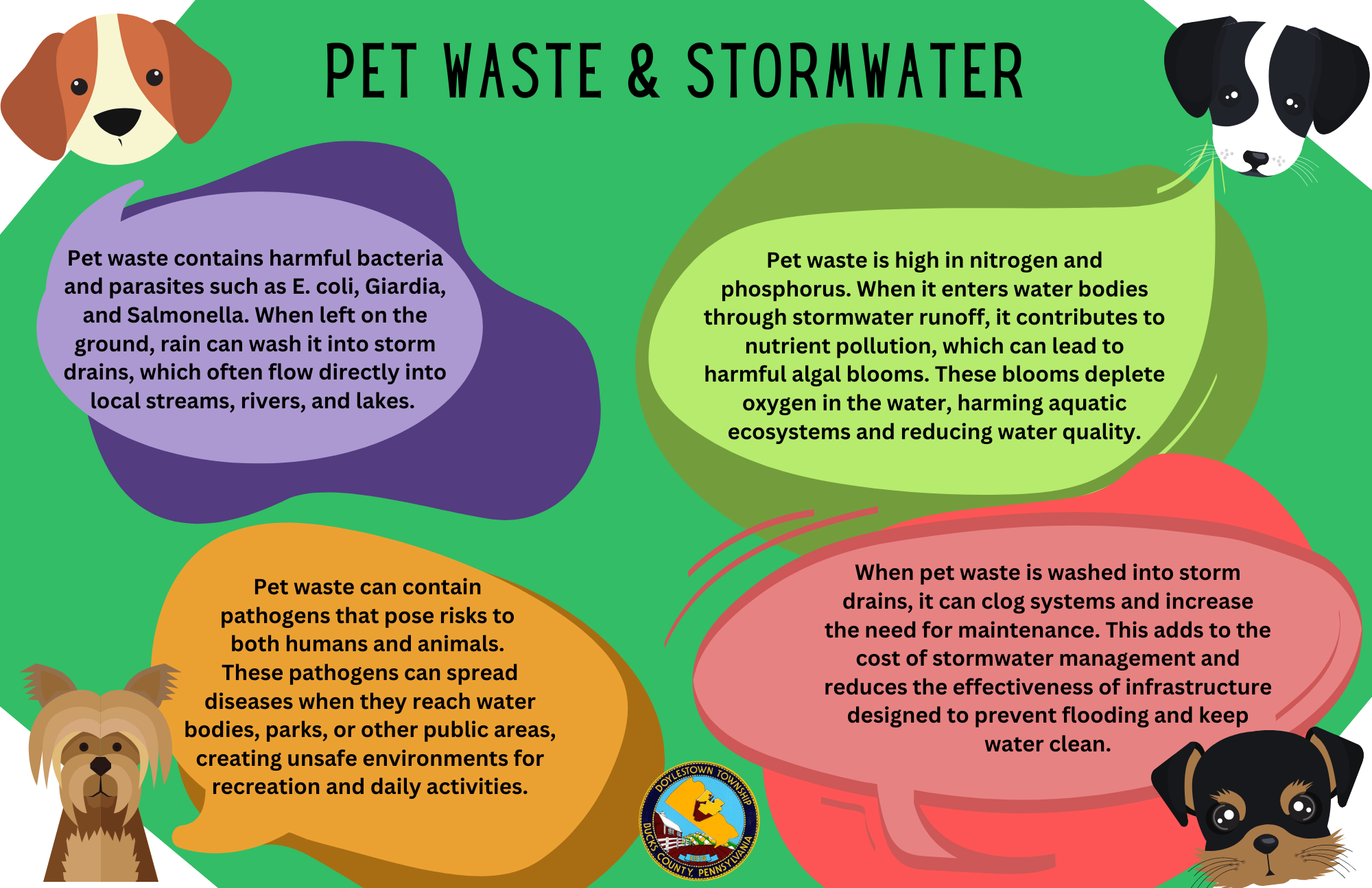Public Education
As stormwater travels over driveways, lawns, and sidewalks, it collects debris, chemicals, dirt, and other pollutants. This runoff can flow into a storm sewer system or directly into lakes, streams, rivers, wetlands, or coastal waters. Once stormwater enters the system, it is discharged untreated into the waterbodies we rely on for swimming, fishing, and drinking water. Polluted runoff is a major threat to the nation’s clean water resources.
Homeowners can help reduce pollution by adopting healthy household habits. By keeping pesticides, pet waste, grass clippings, and automotive fluids off the ground, we can prevent them from entering stormwater runoff. Follow these simple steps to protect our precious lakes, rivers, wetlands, and coastal waters—and be sure to share these habits with your neighbors!
Public Education
- Water Pollution: Stormwater carries pollutants such as oil, chemicals, pesticides, fertilizers, and trash into local waterways, degrading water quality.
- Habitat Destruction: Increased runoff can erode streambanks, harm aquatic habitats, and negatively impact fish and wildlife populations.
- Flooding: Excessive stormwater runoff overwhelms natural drainage systems, leading to localized flooding and property damage.
- Soil Erosion: High volumes of stormwater flow strip away soil, destabilizing landscapes and reducing land fertility.
- Groundwater Depletion: Impervious surfaces (e.g., roads, parking lots) prevent water from soaking into the ground, reducing groundwater recharge and threatening drinking water supplies.
- Infrastructure Damage: Rapid runoff can overburden and damage stormwater infrastructure such as culverts, pipes, and retention basins, leading to costly repairs.
- Economic Impacts: Flood damage, water treatment costs, and habitat restoration efforts can strain local government and community resources.
Climate Change Exacerbation: Increased storm intensity due to climate change amplifies runoff issues, further stressing ecosystems and communities. - Public Health Risks: Contaminated runoff can lead to health risks for humans through exposure to polluted water during recreational activities or contaminated drinking water sources.
Download Doylestown Township's Public Education & Outreach Plan Revised June 1, 2024
